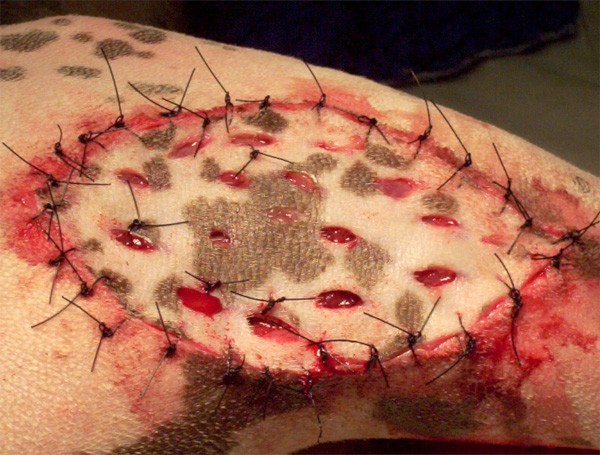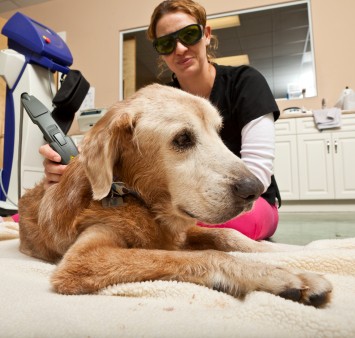
Having finally settled in one place in Jaipur, India, my friend and I were able to relax a little, safe in the knowledge we had two weeks of neutering for population control ahead of us.
Being in an unfamiliar environment, and with our patients mainly being strays, we were prepared for very different methods of anaesthesia, variations on drugs we’re used to at home, and potentially questionable sterility. Even so, when the vet, stood with his scalpel at the ready, said “oh yes, we use the right flank method” as if it were the norm, we were a little surprised.
At home, we’re so used to seeing flank cat spays and midline bitch spays, my gut reaction was “is that even anatomically possible?”. As it turns out, it is.
The method
A small incision (<2cm) is made on the right flank, first through the skin and then each of the 3 underlying muscles (transverse abdominis, external abdominal oblique and internal abdominal oblique). A spay hook is then used to exteriorise the right uterine horn.
Once identified, the surgeon follows the horn to the ovary and applies tension caudally to break the suspensory ligament. A ligature (note single) is placed around the blood vessel and the ovary cut from it using the three clamp method in the same way as spays in the UK. The surgeon then follows the uterus to the cervix and along the left horn to the left ovary, where the procedure is repeated. A ligature is placed just above the cervix (again using the triple clamp method) and the uterus removed.
Closing the incision comprises placing a horizontal mattress suture in each of the muscle layers, a cruciate suture in the subcutaneous fascia, and intradermal sutures in the skin.
The positives
While the very idea of flank spays in the bitch just seemed alien, this method seems to be successful and works well in a charity environment in a country where certain resources are unavailable.
The reasons for choosing this method include easier wound checking, a shorter wound healing time (meaning the dogs can be re-released sooner) and less tension at the incision site, decreasing the risk of wound breakdown – essential for animals that, once released, are unlikely to be seen again.

The surgeons at the charity have found, over the years, the single horizontal mattress suture seems to be the least aggravating to the body wall muscles, and intradermals are the closure of choice in any stray or vicious animal that would be difficult to get near to remove sutures.
Another key advantage to the flank approach is speed; important for two reasons:
- The sheer number of stray dogs to neuter to reach an adequate level of population control means faster surgery is required to reach the target numbers.
- The surgical time under IV anaesthesia should be kept to a minimum to avoid prolonged or rocky recoveries and minimise side effects.
The experienced vet could complete the entire procedure easily within 10 minutes (in a normal young bitch, opposed to a pregnant or in season girl), and we, tentatively ambling through our surgeries, could complete within 20.
The negatives
Disadvantages to this method include more potential bleeding due to incising through the three muscle layers, a possibility of more postoperative pain and increased difficulty in extending the incision if there are complications. The most important, however, is that recovery of a dropped or bleeding ovarian stump is extremely difficult (or near impossible).
The anaesthesia protocol used is premed: xylazine, induction/maintenence; IV ketamine and IM meloxicam as pain relief. Hence, the speed of the flank approach will also minimise the number of top ups needed and reduce the anaesthetic hangover comparing to a technique (such as midline) that is more time consuming.
Compromise
The method seems to be the best compromise, considering the resources available. I think the overruling disadvantage is that, if you were concerned about a slipped ligature, the ovarian and uterine stumps would be virtually impossible to find again via the original incision.
However, that said, the only postoperative death we saw during our time on postmortem had all ligatures intact.
It was eye-opening to see an entirely different approach to a bitch spay, and while it may not be the same as the routine at home, I still felt that we gained a lot of surgical experience and developed transferable skills.







![Bach's Rescue Remedy can work wonders for some people suffering from insomnia. Image courtesy The Italian Voice, via Flickr [CC BY-2.0]](http://www.vettimes.co.uk/app/uploads/2015/05/rescue-remedy-flickr-300x225.jpg)

